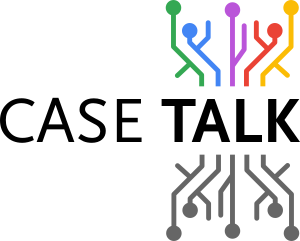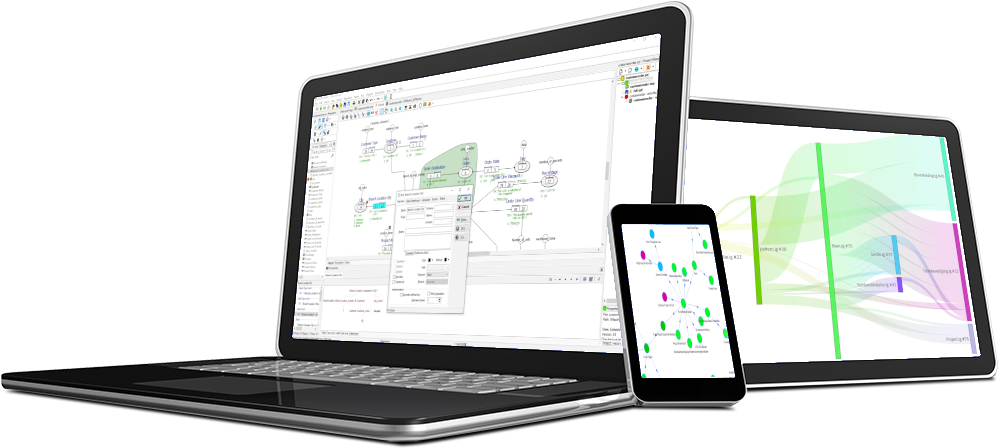The Virtual Reality of Data: Why Information Architecture Needs a Human-Centric Revolution
In the digital age, data professionals inhabit a virtual world that's becoming increasingly disconnected from human reality. Like the characters in The Matrix, we've built sophisticated systems and methodologies around data structures, yet we often lose sight of the fundamental purpose these systems are meant to serve: facilitating human communication and decision-making. In the presentation called NO DATA at the online DAMA South Africa, hosted by Howard Diesel, Marco Wobben presented the problem we humans have with reality in search of truth.
The Illusion of Technical Mastery
A presentation exploring this disconnect begins with a provocative observation: "We all have this kind of virtual job we work with data and it's not very tangible... yet everybody has a different outlook on data." This captures a fundamental challenge in modern information management—while data feels omnipresent, the information we actually need remains elusive.
The problem extends beyond technical complexity. Like the Ames Window illusion, where our brains interpret visual information in ways that contradict physical reality, our perception of data systems often creates blind spots that prevent us from seeing the complete picture.
The distortion of the message as it travels from source to target. We have all played the Telephone game and are generally shocked at the distortion.
- The human brain sees what it wants to see. This video will get you to question your perspective
- Understanding the purpose of the tools and techniques we use to create/describe our rality.
- The organization is greater than the sum of the parts. Building a data model, we reduce the organization to a set of icons that on their own don't represent the entire system.
- The result, if we are not careful, could become part of the disconnected version of the reality.
We rarely achieve a perfect definition of the truth in our first iteration. It requires repeated communication on all levels of the vertical architecture.
It is a never-ending story that we work on continuously, listening to and improving our understanding to support business decision making.
The Proliferation of Tools Without Purpose
The data management landscape has exploded with methodologies and tools: Entity-Relationship diagrams, UML class diagrams, graph databases, anchor modeling, business glossaries, and semantic web technologies. Each promises to solve specific problems, yet organizations continue to struggle with fundamental challenges of data quality, integration, and business alignment.
The presenter uses a drilling metaphor to illustrate this phenomenon: "The mistake that many people make is that I need a drill because I need to drill holes... the actual goal is to hang something up the wall." Similarly, in data management, we often become captivated by the sophistication of our tools while losing sight of the business outcomes they're meant to enable.
The Communication Crisis
At the heart of these challenges lies a communication problem. Every time information moves between domains of expertise—from business stakeholders to data modelers to database administrators to software developers—there's potential for what the presenter calls "telephone game communication error."
This isn't merely about technical translation. Cultural differences, domain-specific languages, and individual cognitive biases all contribute to information degradation. The quality of data, as one expert notes, "can never be any better than the quality of the communication that produced it."
Beyond the Technical Artifact
The presentation reveals a crucial insight: successful data initiatives require moving beyond the creation of technical artifacts toward the establishment of sustainable communication pipelines. Traditional approaches focus on creating models—whether relational schemas, UML diagrams, or graph structures—but fail to maintain the business context that gives these models meaning.
This leads to a common scenario where organizations invest heavily in technical infrastructure while struggling to answer basic questions about what their data actually represents. Systems get built, data gets migrated, but the original business intent gets lost in translation.
The Vertical Architecture Solution
One promising approach involves what the presenter terms "vertical data architecture"—maintaining traceability from high-level business rules and regulations all the way down to system implementation. The Dutch tax department exemplifies this approach, analyzing and annotating laws through formal specifications to system implementation, creating complete lineage from legal requirements to technical execution.
This vertical integration ensures that when laws change, the organization can trace the impact through all affected systems and data elements. More importantly, any system output can be traced back to its regulatory foundation, maintaining the connection between technical implementation and business purpose.
The Blind Spot Problem
The presentation identifies a fundamental challenge: professionals in different domains develop expertise that creates both capability and limitation. Database administrators excel at technical optimization but may struggle to understand business context. Business analysts understand requirements but may not grasp technical constraints. Each domain creates its own "illusion of reality" that can conflict with others.
The solution isn't to eliminate specialization but to create shared communication mechanisms that preserve context across domain boundaries. This requires recognizing that data systems don't just process information—they facilitate communication between people.
Rethinking Open Space
Drawing an analogy to urban planning, the presenter suggests that IT organizations have eliminated "open space"—flexible areas where people can work with data and systems in adaptive ways. Unlike physical receipts that maintain their integrity through manual processes, digital systems often impose rigid structures that can't accommodate the natural variability of human work.
This rigidity creates situations where minor errors become insurmountable obstacles, not because the correction is technically difficult, but because the system doesn't provide mechanisms for collaborative problem-solving.
The Decision Support Imperative
Ultimately, all data initiatives serve a single purpose: enabling better decision-making. Yet many technical implementations lose sight of this goal, focusing on data processing efficiency rather than decision support effectiveness. The disconnect occurs when technical teams optimize for system performance while business stakeholders struggle to extract actionable insights.
The presentation suggests that successful data architecture requires constant alignment between horizontal concerns (how data moves through systems) and vertical concerns (how business requirements translate to technical implementation). This alignment can't be achieved through better tools alone—it requires fundamental changes in how organizations approach information management.
Moving Forward
The path forward involves several key principles:
Communication-First Design: Rather than starting with technical requirements, begin with understanding how stakeholders actually communicate about their work and information needs.
Vertical Integration: Maintain traceability from business requirements through technical implementation, ensuring that system outputs can always be connected to their business purpose.
Flexible Implementation: Build systems that accommodate the natural variability of human work rather than imposing rigid processes that break down under real-world conditions.
Cross-Domain Collaboration: Develop mechanisms for preserving context as information moves between different areas of expertise.
Purpose Clarity: Continuously validate that technical solutions actually support business decision-making rather than merely processing data efficiently.
The Human Element
The presentation's most powerful insight may be its emphasis on listening and learning across domains of expertise. Technical professionals must recognize business stakeholders as experts in their own right, while business professionals need to understand the constraints and possibilities that technology creates.
This isn't about finding the perfect methodology or tool—it's about building sustainable communication patterns that preserve human intent through technical implementation. The goal isn't to eliminate the complexity of modern data systems but to ensure that this complexity serves human purposes rather than obscuring them.
In our virtual world of data and systems, maintaining connection to human reality isn't just nice to have—it's essential for creating information architectures that actually work. The choice between technical sophistication and human-centric design is a false one. The challenge is building systems sophisticated enough to support the full complexity of human communication and decision-making while remaining understandable and manageable by the people who must work with them daily.


